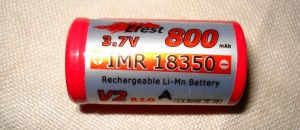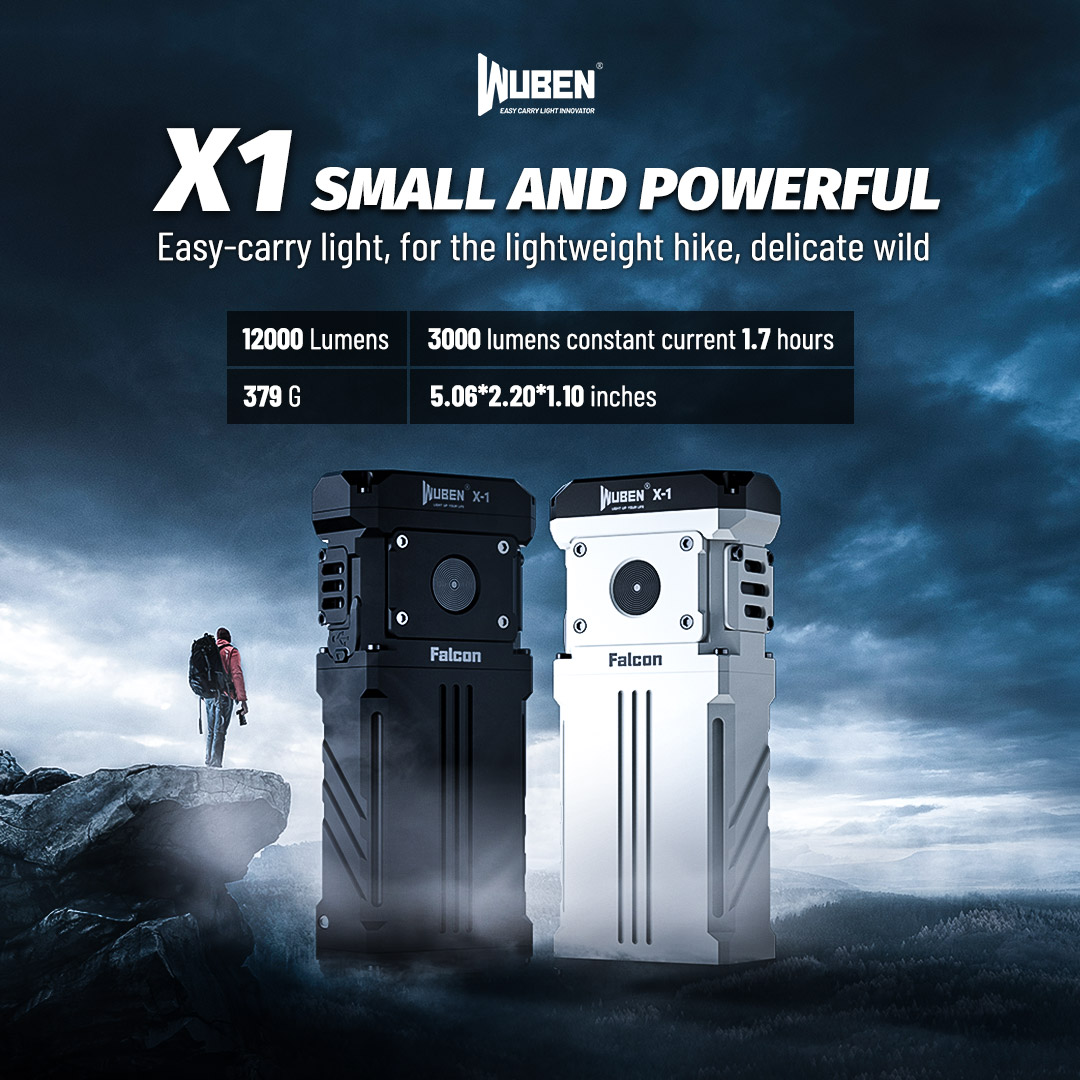With the various types and sizes of batteries available these days, consumers are getting confused, and rightly so!
With the advances in technology of LED flashlights, Lithium-ion batteries have become more mainstream. The recent popularity of e-Cigarettes, has also broadened their reach. I’m not a smoker and don’t pretend to know anything about them, but I understand they run fabulously on Li-ion cells. Anyway, the topic here is regarding IMR batteries.
Is IMR An Acronym?
First off, IMR is merely a product code. IMR refers to Lithium-ion Manganese Rechargeable, or Li-MN (lithium manganese). Without attempting to translate a scientific definition, an IMR battery uses a different form of oxide for his chemical makeup. In this case, it’s Manganese Oxide, instead of Cobalt Oxide, (lithium cobalt or LiCO) which is what the majority of our lithium-based cells are comprised of.
IMR Capacities
When searching for Lithium-ion batteries as a power source, it’s often those high mAh figures that lure us in. In the case of IMR, those figures are often cut in half, since capacities of Li-MN cannot reach what lithium cobalt is capable of. This however does not diminish the ability of the IMR battery to perform just as well as the cobalt cell. Regarding those tempting mAh figures… click here to read an important post on this very topic!
Shapes and Sizes
IMR batteries are produced in most of the popular lithium sizes; 16340, 14500 & 18650. Similar to a 16340, is an IMR 18350. I own a few of these myself. A 18350 is a difficult fit for most flashlights due to its thicker diameter. Its width is 18mm, whereas the girth of a 16340 (or CR123 primary) is normally 16.5mm. Most of the time, an IMR battery will NOT have a protection circuit, although some companies do put them in their IMR cells. It’s actually due to their non-protection that make IMR’s popular. As mentioned earlier, they don’t have the capacity of a cobalt-based cell. But their internal resistance stays low over time. This is what defines an IMR as “safer” than a LiCO (cobalt) cell. The IMR cell will charge faster, and has a higher discharge rate, making it more suitable for devices requiring a higher current to operate.
The Unprotected Advisory
The ‘big’ warning concerning the use of unprotected cells from flashlight experts, is always centered around charging and discharging. So if an IMR is being used in your favorite light, you must monitor its discharge, and be careful not to drain it below 3.0 volts. Because unlike a protected LiCO cell, (or unless your light contains a protection circuit) the battery will not shut off before the voltage can slip into the danger zone! If it does on a continuous basis, it could be damaged, resulting in a failure to charge…or worse. Similarly, charging also needs to be kept an eye on, since they must not charge above 4.2 volts. Most smart chargers will terminate at or slightly under 4.2… but accidents (and failures) can occur.
Please be careful when considering the purchase of a charger that comes with a lower than average price. The algorithms of (no-name) low-cost chargers aren’t as trustworthy as more expensive brands and have a higher rate of failure.
To summarize: An IMR battery will;
- charge faster
- discharge at a higher current
- be safer (no risk of a protection circuit failure)
- deliver higher amounts of power to the source, but have lower overall capacity
As always, be smart, do your homework and buy what best suits your needs.
To check out an assortment of lithium batteries, including IMR’s, click here or visit this Amazon page.
As always, questions and comments are welcome 🙂






